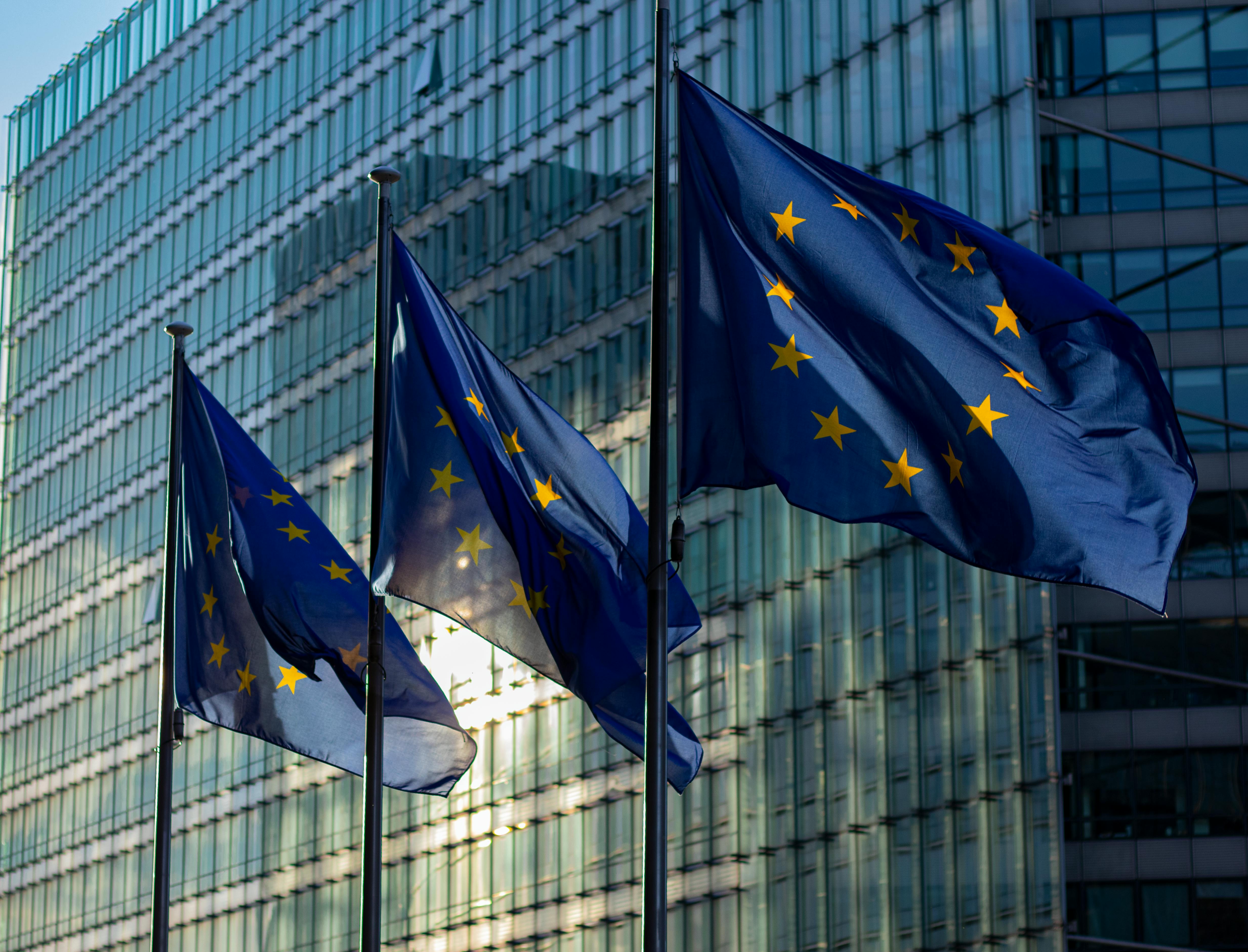
Back to the list

Many brands start their EU expansion journey by manufacturing in their home market and shipping directly to European consumers. While this lowers upfront investment, it adds significant costs along the way. Import duties apply (averaging around 12% for garments) and every shipment is subject to Value Added Tax (VAT) (ranging from 17% in Luxembourg to 27% in Hungary). These charges quickly push up the final price and leave brands with less room to protect margins.
Add sizing and fit inefficiencies into the mix, and margins get even tighter. Yet this is the challenge brands can do something about. Getting sizing & fit right matters because if your strategy isn’t adapted to the markets you want to serve, customer expectations won’t be met - leading to returns. Fit is not universal. A US size 8 doesn’t translate perfectly into a European 38, and even within Europe, Italian and German fit standards can vary widely. Add regional preferences, like slimmer fits in Southern Europe versus more relaxed cuts in Northern markets, and you quickly see why a “one-size-fits-all” approach will never work.
And the cost of sizing & fit inefficiencies goes far beyond unhappy customers. Every return adds expense: repackaging, restocking, double shipping, unrecoverable duties and VAT, and additional handling. It also adds to CO₂ emissions. Step by step, this impacts profitability and customer trust. Tackling sizing and fit early in the value chain - before products even move across borders - removes one of the biggest cost drivers and makes market entry far more sustainable.
“I finally ended up ordering from this Australian brand and was super excited. But when it arrived, the dress didn’t fit at all. It was too short and the fit in the sleeves was completely off. When I tried to send it back, I discovered it would cost me more than the dress itself (85€!). I decided to keep it because it was not worth it. I’ve never ordered from this brand again.”
“I previously ordered from this UK athleisure brand and had to return one item in a size M because it was so small that it was really uncomfortable. A few months later, I tried again, this time ordering a size L and picking different items - just one size up. But this time, the clothes were way too large. It was super frustrating, because when I had to go to the post office to return the items, I spent 15 minutes filling out the customs form correctly and subsequently had to pay for the return label myself.’’
Ordering from overseas brands often feels like a gamble for European shoppers. Long shipping times, customs and any delays thereof, and sizing or fit surprises can quickly turn what should be an exciting purchase into a frustrating one. Some consumers won’t take the risk at all; if they’re not confident about fit, they simply abandon their carts. Others take the gamble, only to receive the wrong size and face the hassle of sending it back (sometimes even paying for the return themselves!).
For EU shoppers, who are used to fast local delivery and clear return policies, waiting weeks for an item that doesn’t fit, and then paying extra to return it, is more than disappointing; it’s a dealbreaker. In a market where alternatives are just a click away, even one poor experience can be enough to lose a customer for good.
The EU is not a single, uniform market; it’s a mosaic of cultures, body types, and preferences. What fits perfectly in one country might not in the next, and style preferences shift from north to south. A major challenge for brands is that sizing systems across Europe don’t even match each other, (let alone your home market!) so helping shoppers find the right size quickly, regardless of the sizing system, is essential. Winning here isn’t about simply selling products; it’s about making the right connection between each item and the right customer. Brands that truly understand which products resonate with which shoppers - across demographics, regions, sizing systems, and personal preferences - can turn these complexities into a clear advantage.
If winning in the EU means matching the right product to the right customer every time, brands need a system that makes those connections visible and actionable. A Product-Customer Connecting Platform (PCCP) provides exactly that: analytics and insights that reveal how each product performs on its own, compared to other products, and across regions, demographics, sizing systems, and individual preferences.
But insights alone aren’t enough. Shoppers need guidance too. Customer-facing tools like interactive size charts, fit nudges, and personalized recommendations, help EU consumers find the products that fit them best, making the shopping journey smoother and more pleasurable. Together, these capabilities reduce returns, improve conversion, and give brands the clarity to refine collections, anticipate regional trends, and optimize assortments.
A PCCP transforms sizing and fit from a persistent challenge into a strategic advantage, bridging the gap between specific products and the diverse European customers they’re designed for.

Success in the EU (or any market for that matter) depends on knowing both your products and your customers: understanding how sizing, fit, and preferences vary across regions so you can design collections more effectively, optimize cross-border operations, and deliver products that truly feel local to consumers. The result? A growth model that scales sustainably while building lasting customer loyalty. Looking for a partner to help you get started on this journey? Let’s talk.




